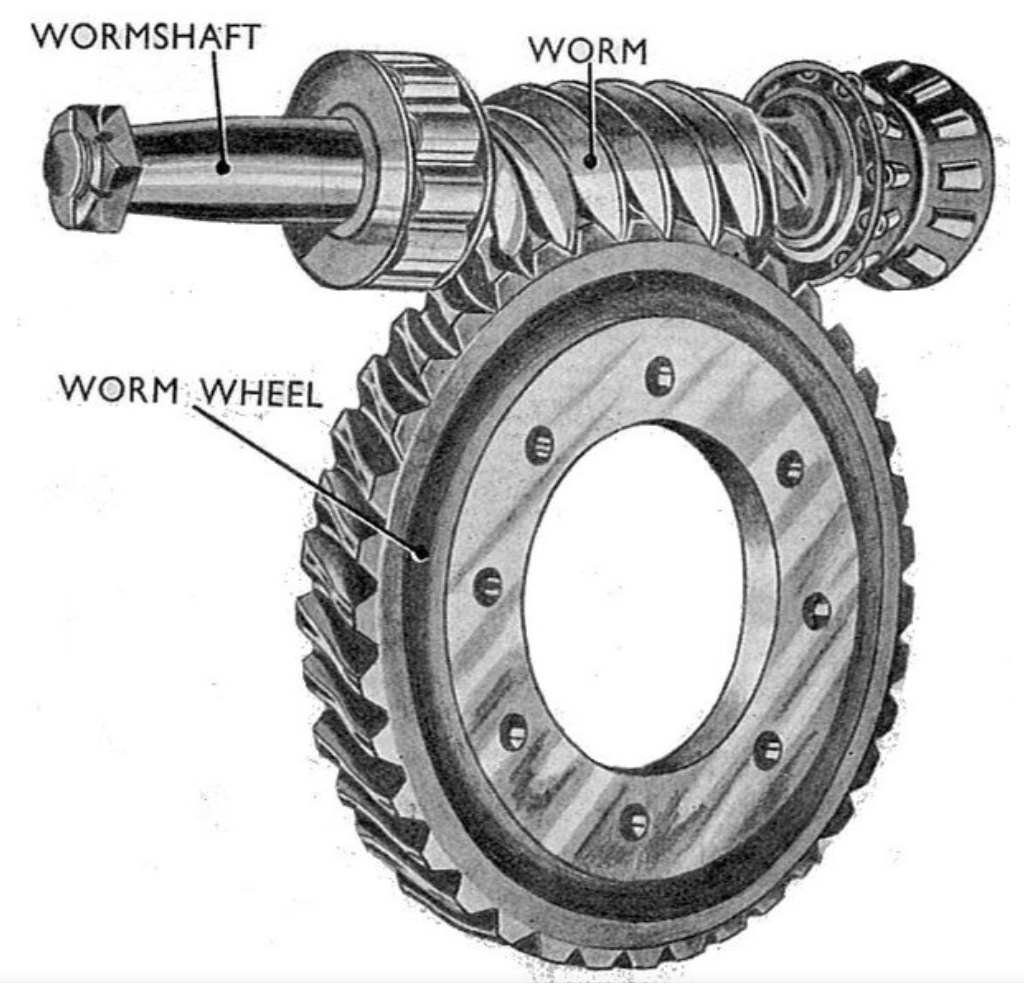The durability and strength of worm gear in heavy machinery are critical aspects that determine the performance and longevity of the equipment. Here’s a detailed exploration of these qualities:

- Material Selection: The durability and strength of worm gear largely depend on the materials used. Common materials include bronze, steel, and sometimes plastic for less demanding applications. Bronze gears running against a hardened steel worm provide a good combination of strength and wear resistance, especially suitable for heavy machinery.
- Design Factors: The geometry of worm gear, including the pitch angle, tooth shape, and size, significantly impacts their strength. A well-designed worm gear can distribute loads evenly across the gear teeth, reducing stress and wear. Engineers often optimize these parameters for specific applications, considering factors like load, speed, and desired lifespan.
- Load Capacity: Worm gear is particularly favored in heavy machinery for their high load-bearing capacity. Their design allows them to handle heavy loads and shock loads better than some other gear types. This is due to the large contact area between the worm and worm gear, which spreads the load over a larger area.
- Wear Resistance: One of the challenges in worm gear is the sliding motion between the worm and worm gear, which can lead to wear. However, advancements in material science and surface treatments, such as hardening processes and the use of wear-resistant alloys, have greatly improved their wear resistance.
- Lubrication: Proper lubrication is essential for maintaining the strength and durability of worm gear. It reduces friction and wear, and can also help to dissipate heat generated during operation. Special lubricants are often used in heavy machinery to accommodate the high loads and temperatures.
- Heat Treatment: Heat treatment processes like tempering and case hardening can significantly enhance the strength and durability of worm gear. These processes alter the microstructure of the materials, improving their ability to withstand stress and wear.
- Maintenance Practices: Regular maintenance plays a crucial role in the longevity of worm gear. This includes routine inspections, lubricant analysis, and timely replacement of worn parts. Proper alignment and installation are also critical to prevent premature wear and failure.
- Application-Specific Adaptations: In heavy machinery, worm gear is often customized for specific applications. This can involve the use of unique materials, specialized coatings, or design tweaks to meet the exact requirements of the application, such as high torque, continuous operation, or exposure to harsh environments.
In conclusion, the strength and durability of worm gear in heavy machinery are the result of careful material selection, precise design, appropriate heat treatments, effective lubrication, and regular maintenance. Advances in technology continue to enhance these aspects, enabling worm gear to meet the demanding requirements of various heavy-duty applications.
